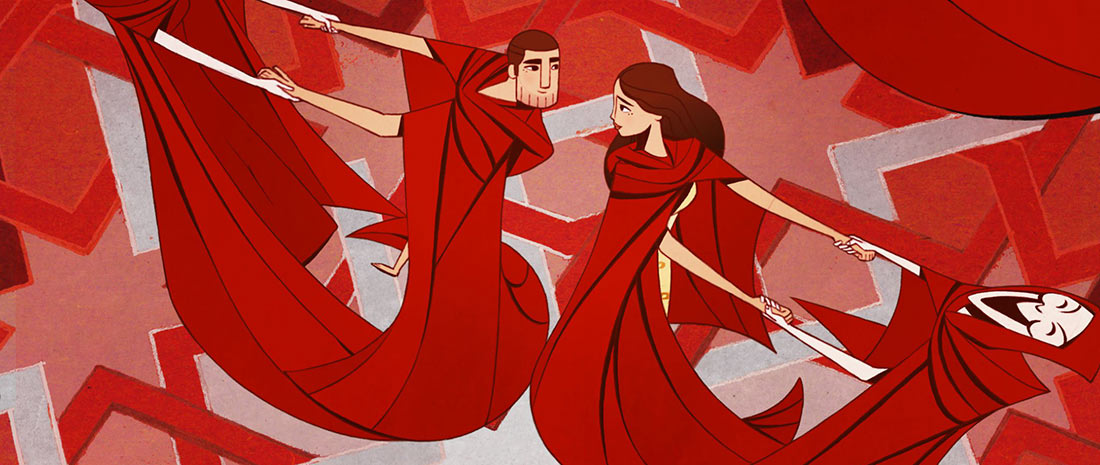
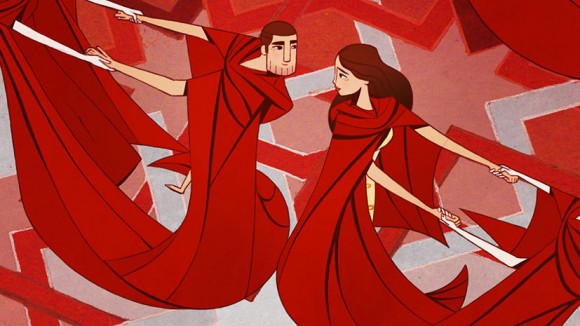
Stitching Together an Animated Leap of Faith: An Interview With ‘The Prophet’ Director Roger Allers
Kahlil Gibran’s The Prophet, a GKIDS release, is one of 2015’s most compelling films, but it also happens to be one of the historical highlights of anthology animation.
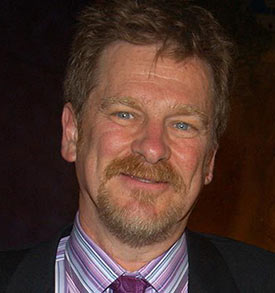
“I was so fortunate in the talent assembled for The Prophet,” Allers recently told Cartoon Brew via email, while spreading the film’s word abroad. “I felt like the kid with the box with two layers of different chocolates!”
While The Prophet’s outsized ambition and diverse styles may have destabilized some reviewers used to the same old cartoon movies dumbing down the all-ages marketplace, the Academy may not have such cognitive and artistic dissonance when it comes time to hand out Oscars. I spoke with Allers about awards season, women in animation, and why, many years after Fantasia and The Animatrix, we still don’t see enough anthology animation at the multiplex.
Cartoon Brew: How do you feel about The Prophet’s reception so far?
Roger Allers: All of the screenings have been very exciting and gratifying. From the festivals abroad to the film’s opening weekend in Los Angeles, the responses have been so positive and gratifying. Many people were deeply touched, which is a gift beyond measure. The reviews have been mostly wonderful, with a couple of stinky ones, but, how does the poem go? “All Critics Great and Small, The Lord God Made Them All?”
The Prophet was unlike anything else in the animated feature marketplace this year. Any thoughts on the Oscars?
Roger Allers: “Hmmm, sure. I’ll take one! Thanks a bunch!”
I never take anything as assured, but it would be lovely to get a nomination. I would agree that this film is not like any other, in that it is both a story and an anthology of different animated styles and different visual interpretations of poetry. Also, a celebration of animation talent from around the globe.
My task was to find a way to create a story that would allow graceful entrance into Gibran’s philosophical poetry. To create a narrative that would give all generations, those unfamiliar with the book or even very young viewers, an effortless EasyPass into Gibran’s profound world.

The Prophet is also a rarity in that it’s an impressive work of anthology animation, in an era where that is still considered risky.
Roger Allers: Anthology features are tough. They can reveal treasures, for those who are willing to explore, yet can be wearying for those for whom narrative is important. But I think in the present world of the Internet, where people flit from bit to bit, anthologies are a natural fit.
One would think anthology animation is an easy sell today, given the diversity of talent and technology available for collaboration…
Roger Allers: I was so fortunate in the talent assembled for The Prophet; I felt like the kid with the box with two layers of different chocolates! I was such a huge fan already of Michal Socha, Tomm Moore, Bill Plympton, Nina Paley, and the Brizzi Brothers. For me, it was like, “Oh boy! Playtime with my favorites!” People might think it must have been hard working with all of these diverse talents, but that was really one of the greatest pleasures of the whole thing.
True, I never knew exactly how all of these different styles would stitch together, but let’s face it, this whole project was a leap of faith. Would people enjoy listening to illustrated philosophy? Could viewers make the leap from style to style? Many chapter animators’ pieces didn’t come in until close to the end, so I had to improvise how to blend our way into and out of them. But grace is how one dances while jumping over stray logs bouncing one’s way.
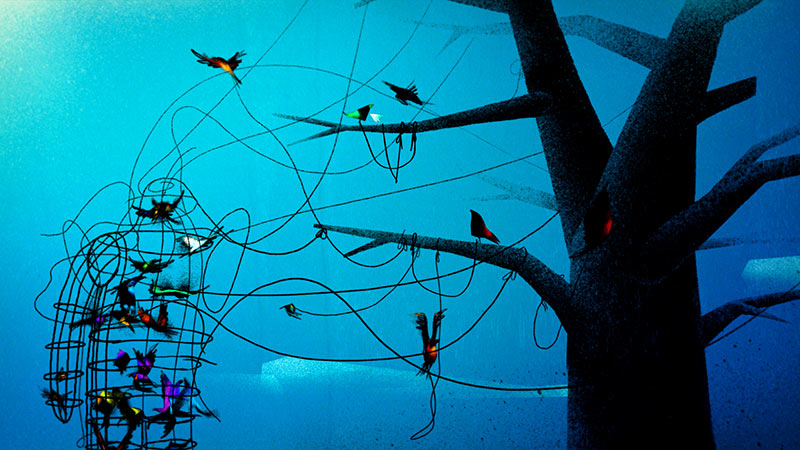
Something that also helps The Prophet stand out is the participation of so many women.
Roger Allers: Women rock! You want to talk about passion? Women are hungry and have had to fight their way in, so let’s look at female talent.
Can you talk a little about Salma’s role in helping bring The Prophet into being?
Roger Allers: When Salma joined this project, she was not the first producer, mind you. But when she came on, did the wind force increase! The necessity of a narrative to hold the poems together — hence, me! — was her idea, and it was also her idea to use a child character and perspective to enable the entry of younger audiences. Brilliant! She used her connections with friends and acquaintances to pull in stellar talents, such as Gabriel Yared, Yo-Yo Ma, Alfred Molina, and Glen Hansard. But she’s not just well-connected; she’s passionate.
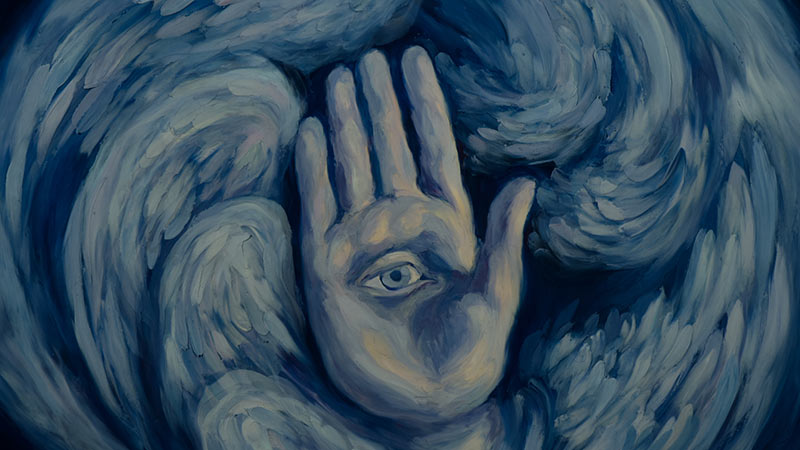
How about the work of Nina Paley, Joan Gratz and other women who brought The Prophet to the screen? Is the power of women, as artists and consumers, adequately represented in animation?
Roger Allers: I think more and more women are becoming a part of the world of animation, and we’re all happier for it. Nina Paley, who produced, directed, designed, and animated The Prophet’s “On Children” segment, is a wicked satirist of the first order, whose methods are unique in the way she proceeds from design to meaning. Joan Gratz, who produced, directed, designed, and animated “On Work,” literally builds her case out of the Earth, creating human and astral images out of colored clay. May I also bow to Lisa Hannigan, the gifted writer and singer who co-wrote, with Glen Hansard, the song for “On Love”? It was one of the show-stoppers of the film. What smart composing; what a gorgeous voice!

.png)